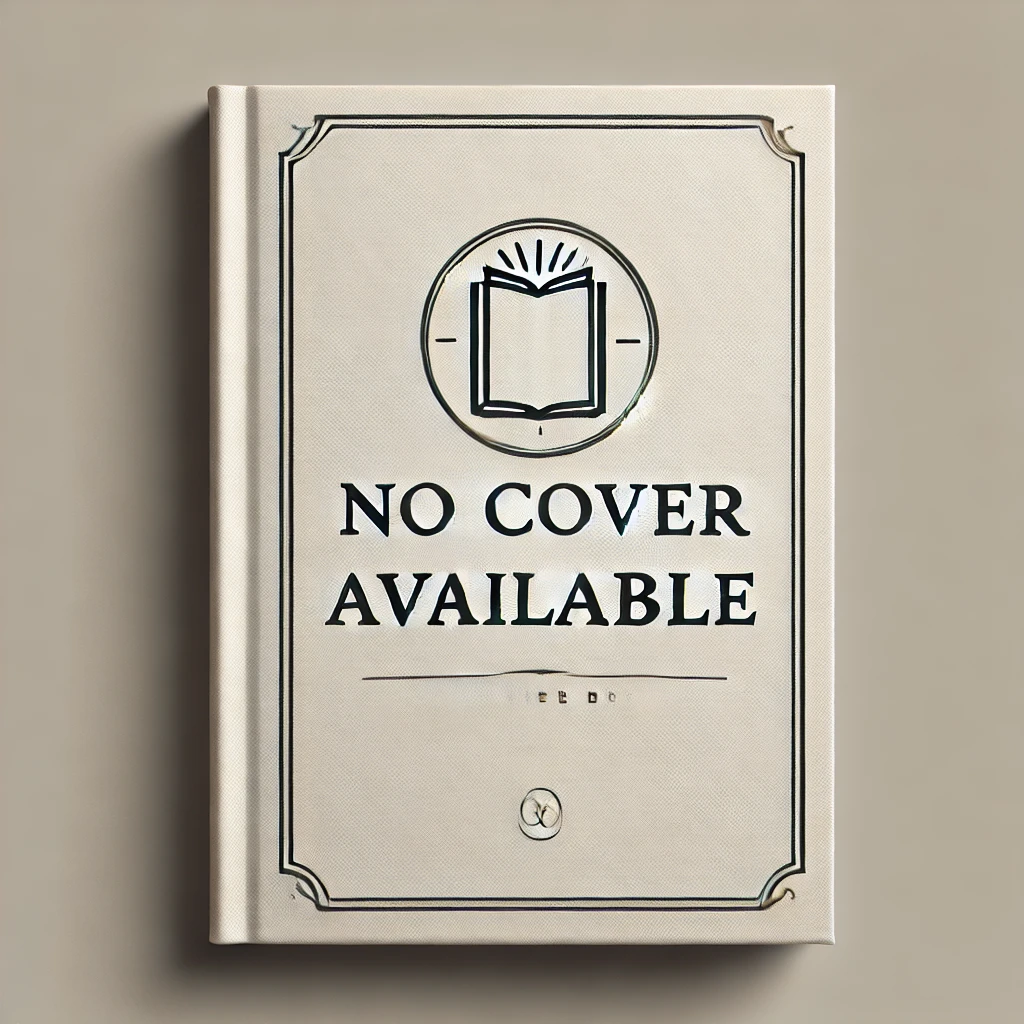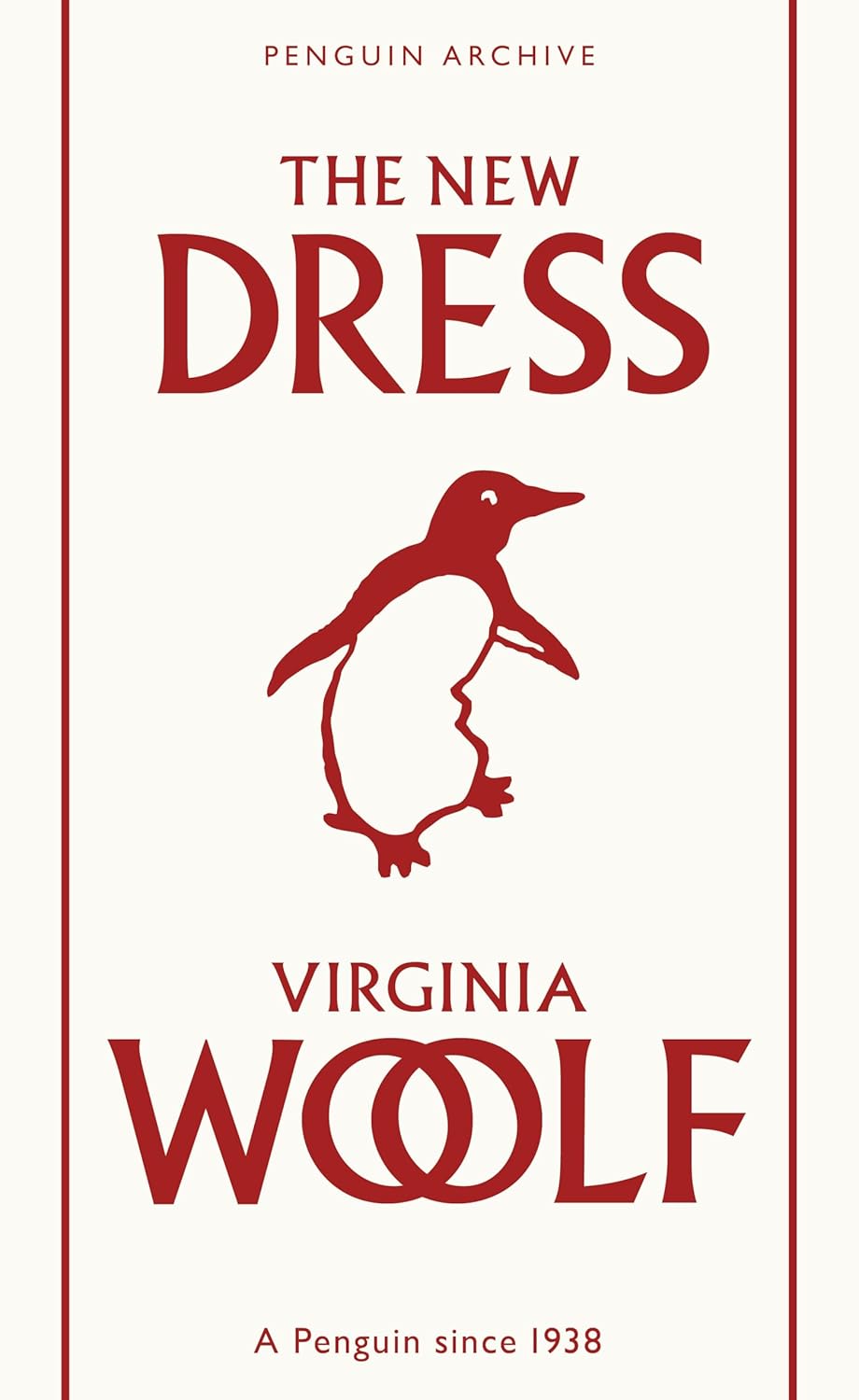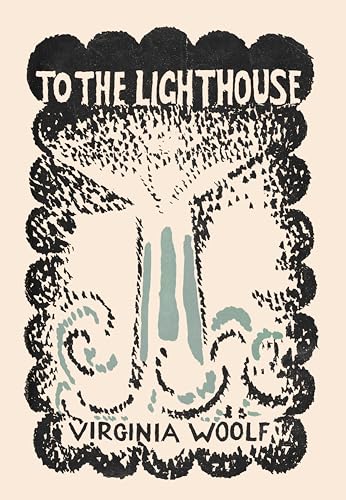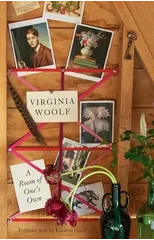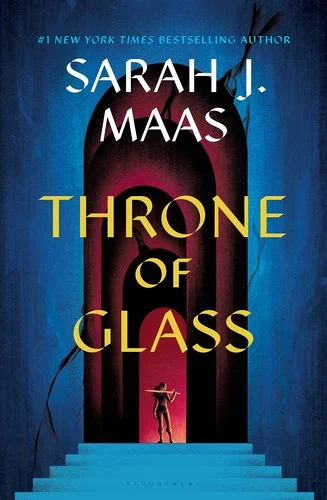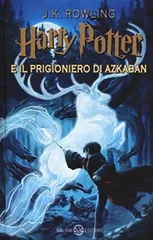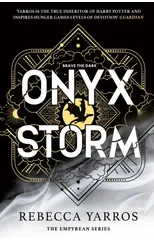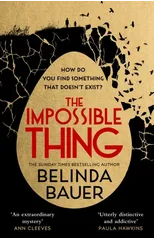In Virginia Woolf's Jacob's Room, the titular character's room is a vivid reflection of his inner life and the complexities of his character. The space is imbued with a sense of intimacy and chaos, where scattered books and sketches reveal Jacob's intellectual pursuits and artistic inclinations. Sunlight filters through the windows, casting playful shadows that dance across the walls, hinting at the fleeting nature of time and memory. The room is adorned with personal artifacts-a well-worn chair, a half-open drawer spilling over with letters and mementos, and a desk that bears the marks of creativity and contemplation. Each object tells a story, embodying Jacob's aspirations, relationships, and the weight of his experiences. Woolf captures the essence of a young man caught between the innocence of youth and the harsh realities of adulthood, making the room not just a physical space, but a poignant symbol of his journey through life. Through meticulous detail and evocative prose, Woolf transforms Jacob's room into a microcosm of his existence, inviting readers to explore the depths of his thoughts and the fleeting moments that define him. The atmosphere is both serene and charged, a testament to the beauty and tragedy of human experience.
Virginia Woolf
Virginia Woolf was a prominent English writer and modernist literary figure. Known for her stream-of-consciousness writing style, she challenged traditional narrative structures and explored themes of gender, class, and mental health in her works. Some of her most notable works include "Mrs. Dalloway," "To the Lighthouse," and "Orlando." Woolf's contributions to literature include her innovative approach to character development and narrative technique, as well as her exploration of the inner lives of her characters. Her most famous work, "Mrs. Dalloway," is considered a masterpiece of modernist literature and a reflection of Woolf's unique literary voice. Woolf's impact on the literary genre is undeniable, as she paved the way for future generations of writers to experiment with form and style in their own works.
